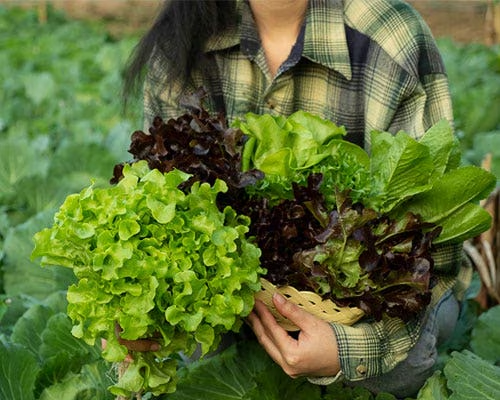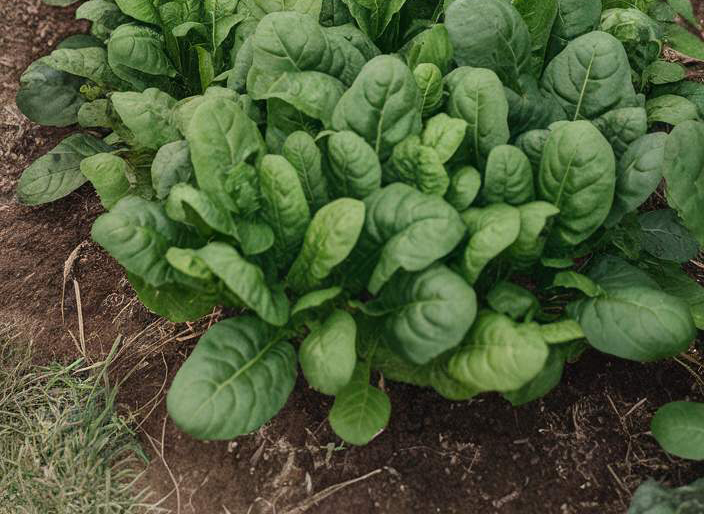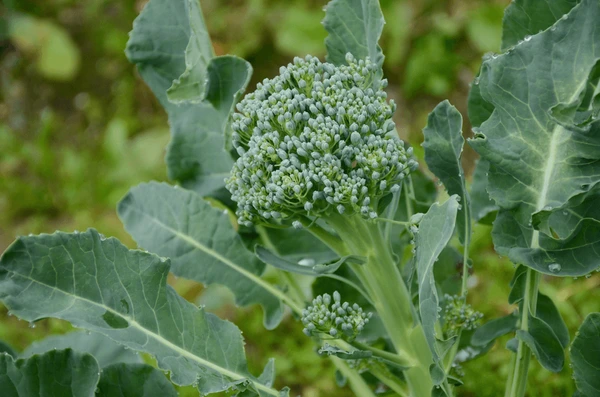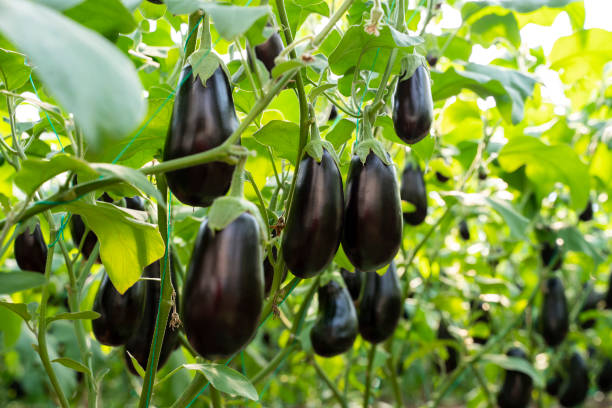How to Grow Potatoes in Fall
Growing potatoes in fall isn’t just possible—it’s actually a great way to use up garden space after summer crops are done.
I’ve planted them in raised beds, old buckets, even feed sacks. If you’ve got a bit of time before winter hits, you can grow a decent crop.

Is Fall a Good Time to Plant Potatoes?
Yes, as long as your soil hasn’t frozen and you’ve still got a couple of months of mild weather.
I’ve had good results planting in early autumn here in Auckland, and friends overseas in cooler places have managed it too—with a bit of extra care.
What Potatoes Grow Best in Fall?
Stick with the fast ones. You don’t want anything that needs months to grow.
In New Zealand, I always reach for Argria or Cliff Kidney.

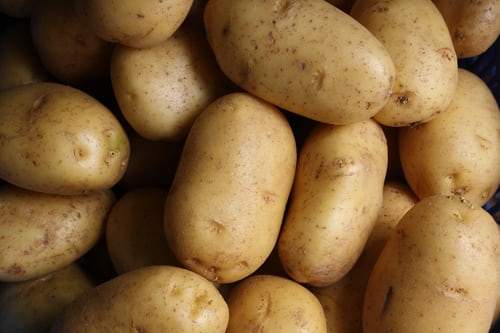
In the US, Yukon Gold and Red Norland are the ones to go with.
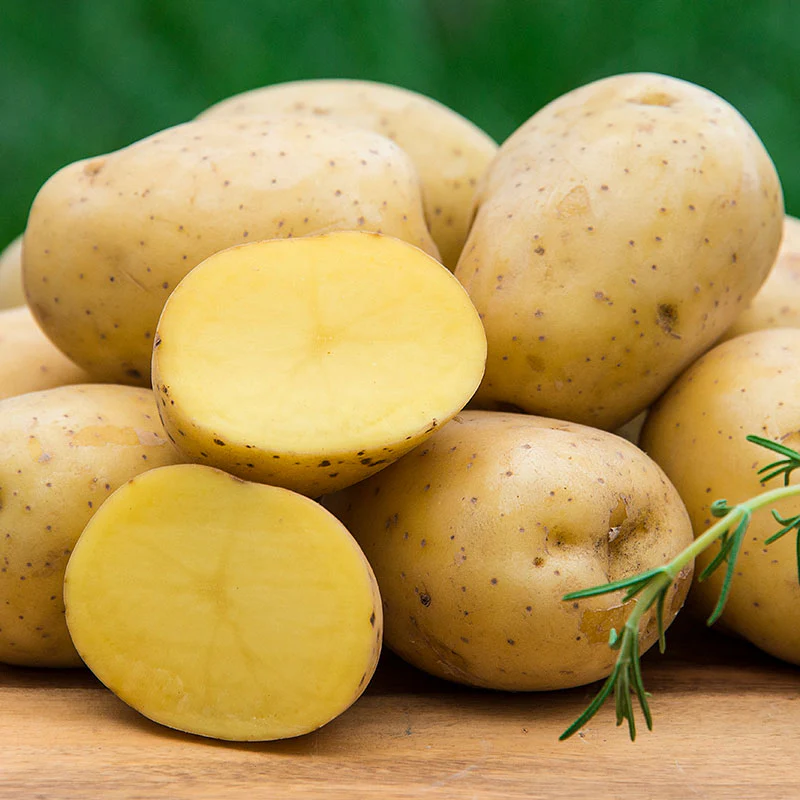
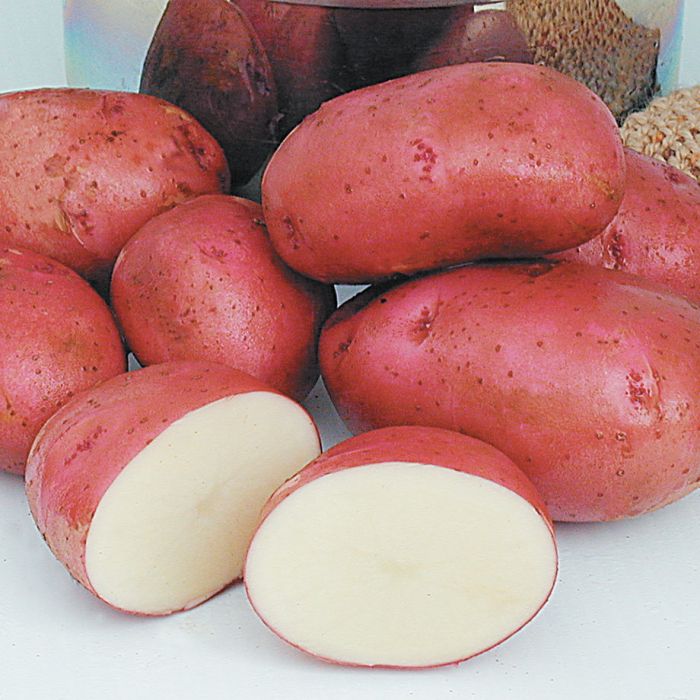
In the UK, go with Charlotte or Maris Piper, good options here.

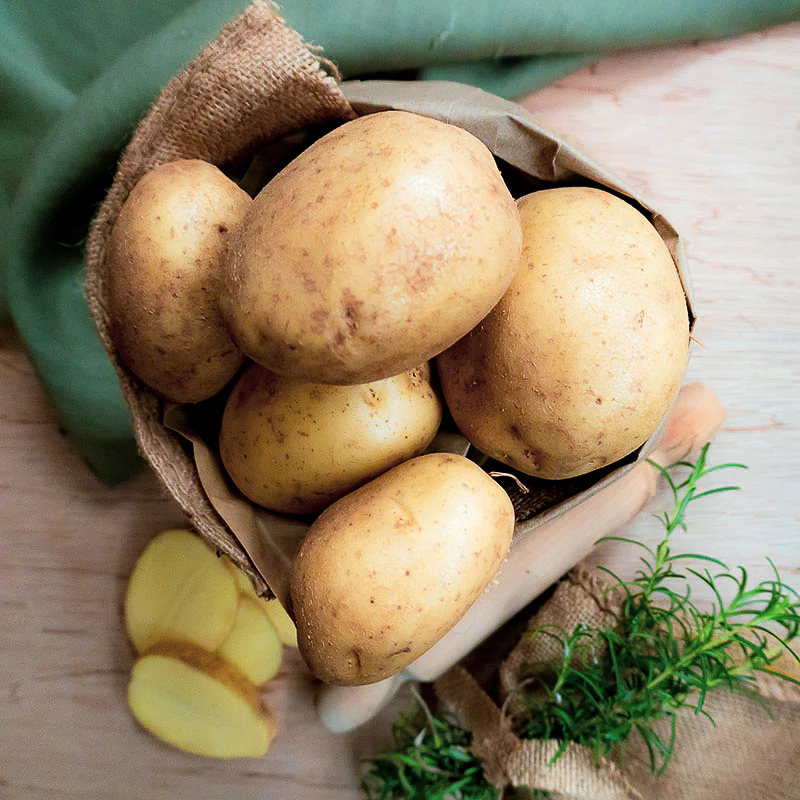
Don’t use sprouted supermarket spuds—they carry disease. Get proper seed potatoes. They give you better results.
When Should You Plant?
Count back 10 to 12 weeks from your first frost, I find that usually works well.
That’s how long potatoes usually take to grow. If you’re not sure when your frost date is, check a local garden calendar or just ask around.
Here in Auckland, that means planting in late summer or early autumn. In colder parts of the world, late August is usually the cutoff.
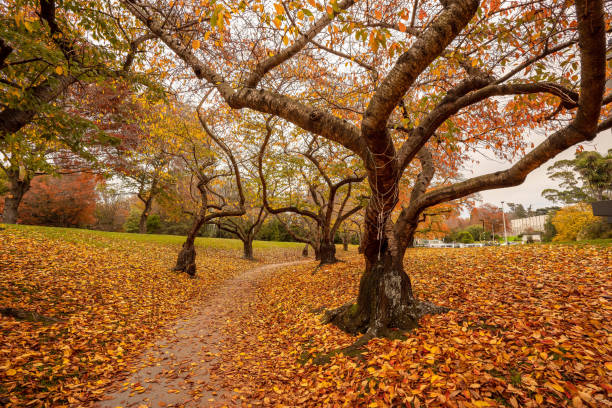
How to Plant
Let your seed potatoes sprout in a cool, bright place for a week or so.
Dig your bed or prep a big container with loose, rich soil.
Plant each potato 10–15 cm deep, and leave about 30 cm between them.
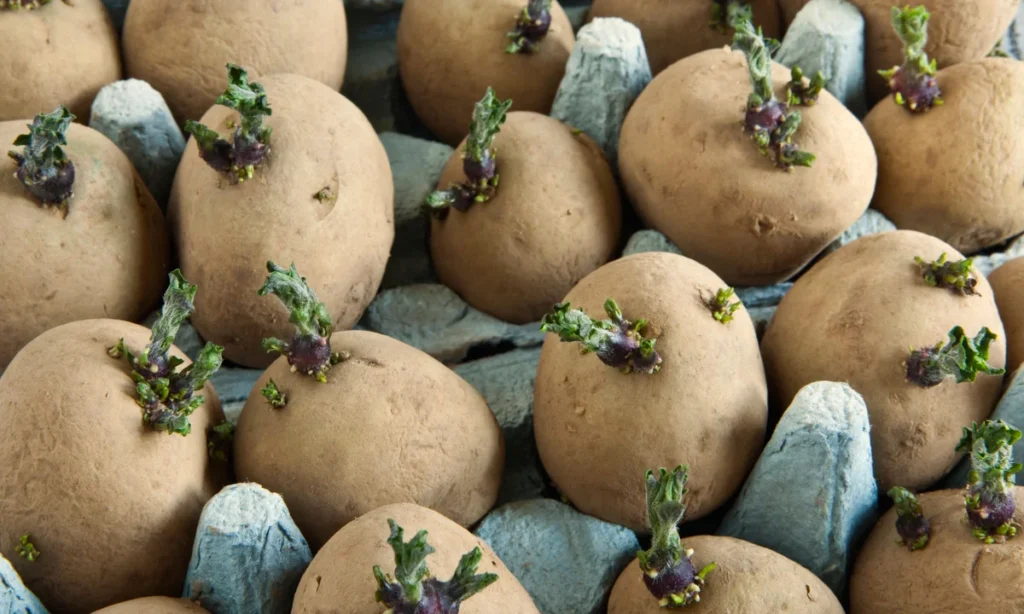
I water them in first, then I cover them with soil and mulch. Its best to use straw or shredded leaves.
Containers are handy for fall—you can move them to a sheltered spot if the weather turns bad.
Try to Keep them Safe from the Cold
Once the days get shorter and the nights cooler, it’s time to pay attention.
Mulch well. A good thick layer keeps the soil warm and protects the potatoes.
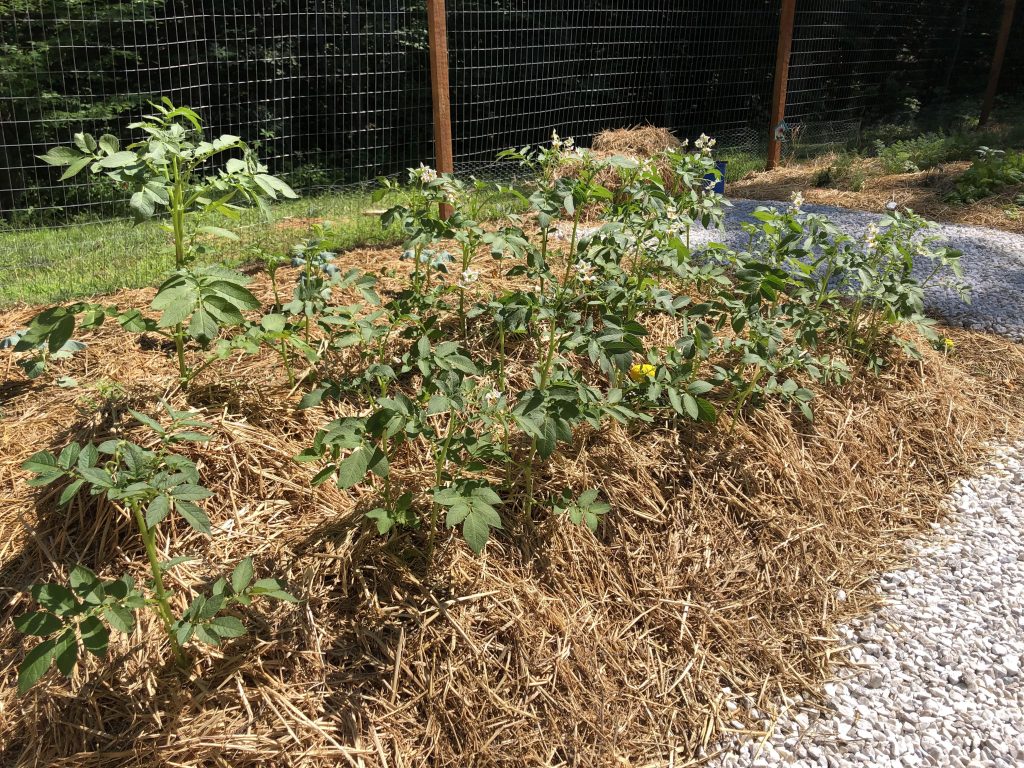
Cover with frost cloth if there’s a cold snap.
Water less often. Cold, soggy soil can cause rot.
Watch for slugs—they love damp mulch and will go straight for your plants.
Harvest Time
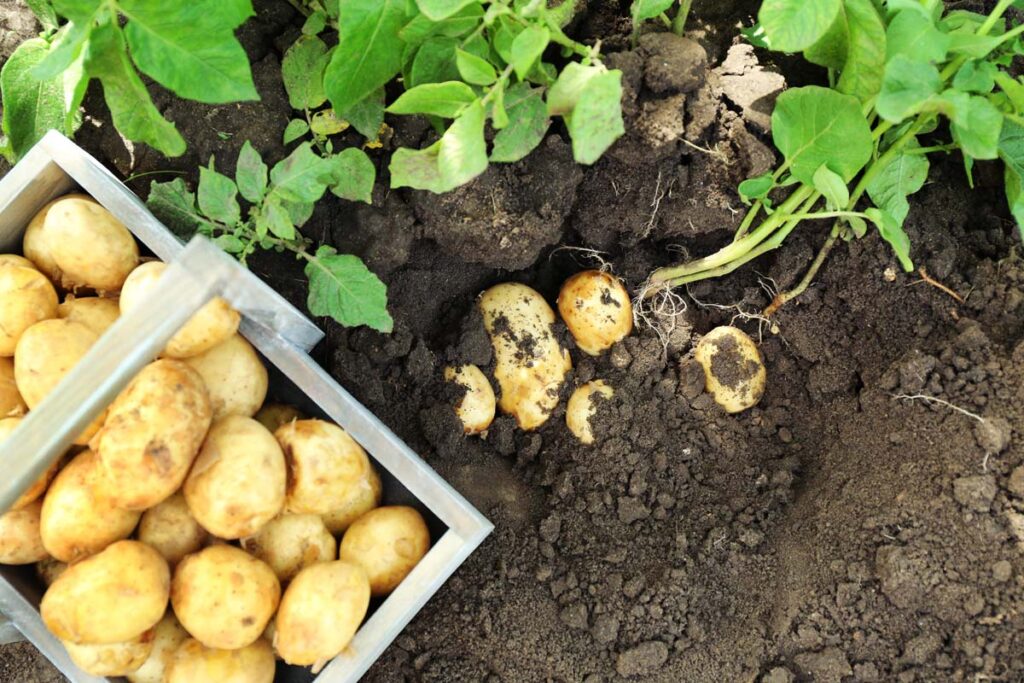
You’ll know it’s time when the leaves go yellow and fall over. Or if a heavy frost knocks them back, don’t wait too long.
Use a fork to lift them gently—don’t stab them. Let the spuds dry in a shady spot for a few days before storing.
Don’t wash them until you’re ready to use them. They last longer that way.
Final Thoughts
Fall is a great time to grow potatoes if you’re a bit organised.
It’s not about big harvests—it’s about making the most of your space and getting a fresh batch of spuds when most people have packed up the garden for the year.
If you live somewhere mild like we do in New Zealand, it’s an easy win.
If your winters are rough, just add mulch, use containers, and keep them covered. You’ll be surprised what you can grow with a bit of planning.




